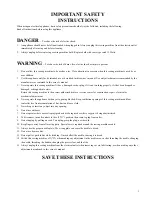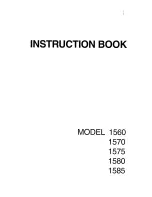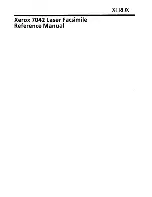
28
q
e
w
Keyhole Buttonhole
q
Stitch pattern:
26
w
Thread tension dial:
1 to 5
e
Presser foot:
Automatic buttonhole foot R
r
Eyelet punch
Sewing procedure is the same as square buttonhole.
Use the seam ripper and an eyelet punch
r
to open the
buttonhole.
The stitch width can be varied from 5.5 to 7.0.
To change the stitch width or density, refer to “Adjusting
the stitch width and density for buttonholes” section above.
* An eyelet punch is an optional item.
r
Adjusting the Stitch Width and Density for
Buttonholes
• Adjusting the stitch width
Press the cursor buttons to move the cursor under
the stitch width value “5.0”
q
(default setting).
Press the button to decrease buttonhole width
w
.
Press the button to increase buttonhole width
e
.
The stitch width can be varied from 2.5 to 7.0 depending
on the selected buttonhole.
• Adjusting the stitch density
Press the cursor buttons to move the cursor under
the stitch density value “0.4”
q
(default setting).
Press the button to make the buttonhole stitch
denser
w
.
Press the button to make the buttonhole stitch less
dense
e
.
The stitch density can be varied from 0.3 to 0.8
depending on the selected buttonhole.
w
e
q
Round-End Buttonhole
q
Stitch pattern:
25
w
Thread tension dial:
1 to 5
e
Presser foot:
Automatic buttonhole foot R
q
e
w
Sewing procedure is the same as square buttonhole.
The stitch width can be varied from 2.5 to 5.5.
To change the stitch width or stitch density, refer to the
“Adjusting the stitch density” section above.
q
w
e
Summary of Contents for 2030DC
Page 1: ...INSTRUCTION BOOK ...















































